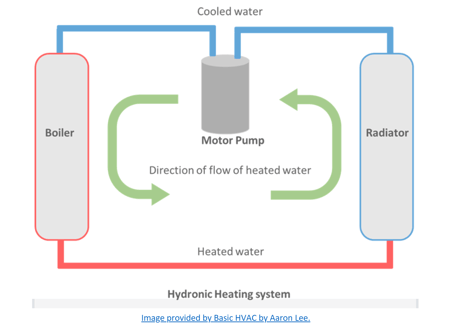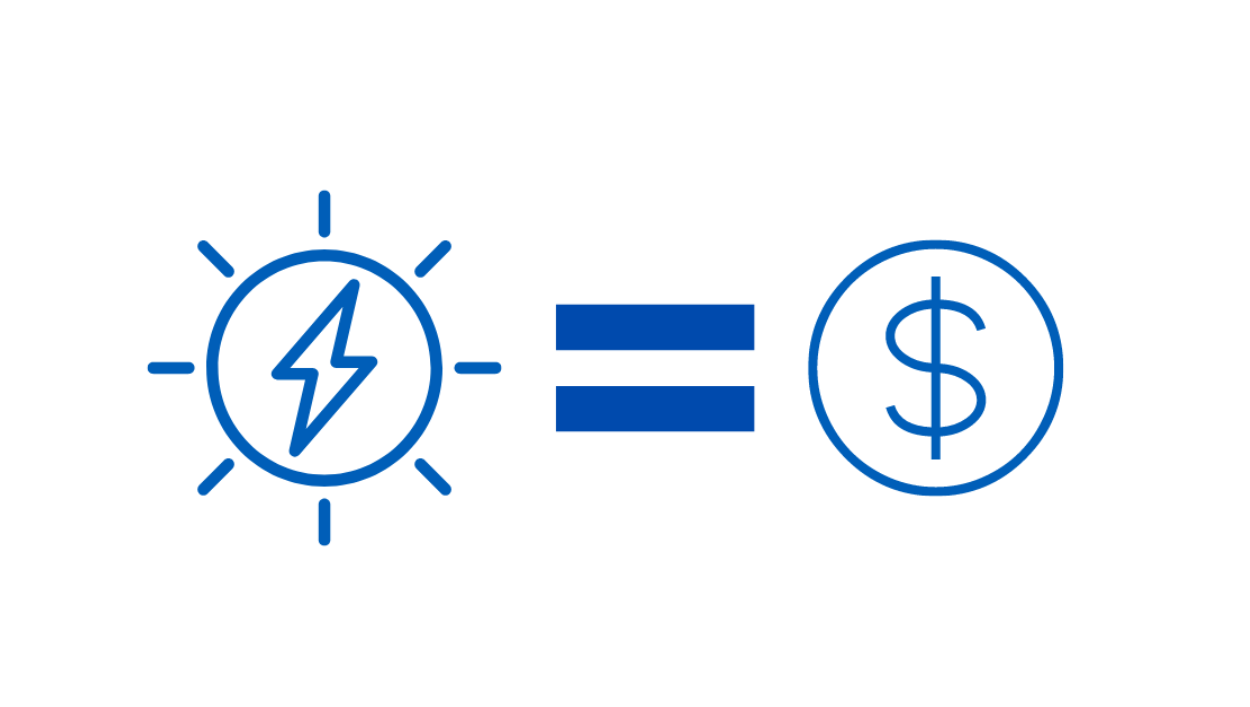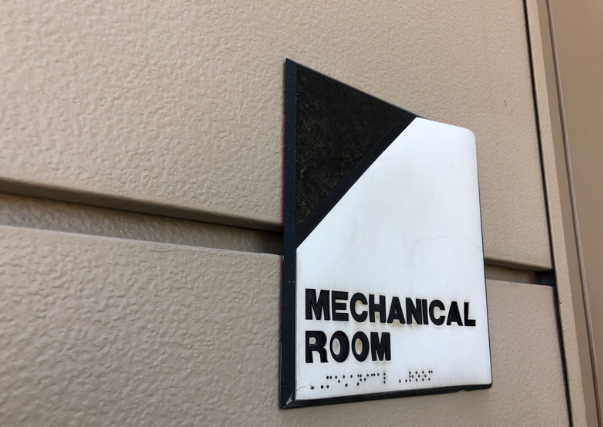Have you ever considered a hydronic HVAC system instead of a traditional air-based system? Depending on your needs, a hydronic system might be your best option to optimize building performance. Let’s look at some of the benefits of switching to a hydronic HVAC system.
- Air-based systems often produce a lot of noise when they start up or turn off. This can be caused by the fans that are used to push air through your building. Hydronic systems use water to transfer heat throughout your building, which means no fans are needed. This leads to a quieter system than an air-based system. So, if you need a quiet working environment like in a hospital, school, or office, a water-based system will help drastically reduce noise.

- An air-based HVAC system has potential fire hazards because it’s an open system. A hydronic system, on the other hand, is a sealed system. A sealed system reduces your risk of a fire hazard and increases the safety of your system, ultimately increasing the safety of any technicians working on your system.

- Energy savings is a top priority for any building owner. Hydronic HVAC systems use radiant heating and cooling to adjust the temperature of a space; this means that the water is moving heat throughout your building instead of air. Water conducts heat better than air, so there is less energy lost as it travels through the HVAC system.
- Another benefit of a hydronic HVAC system is its cost-effectiveness. Because these water-based systems are more energy efficient, the system won’t have to work harder to reach the preferred temperature of your building. With less energy and power being pulled into your hydronic systems, you could end up saving money that would have been wasted on an air system working harder to heat your building. In this case, energy savings = cost savings.

If you’re looking at switching the HVAC system in your building to a hydronic system, you should consider all the points above. If you’re worried about having a large building and wondering if a hydronic system can handle that scale, you can have peace of mind in knowing that hydronic systems can come with a heated water loop and a chilled water loop. That means that you can heat and cool your large-scale buildings with a hydronic system and not have to worry if it can do the job.
For more information or to contact your local Heat Transfer Sales rep in regard to switching to a hydronic system today, contact us here!









Submit a Comment